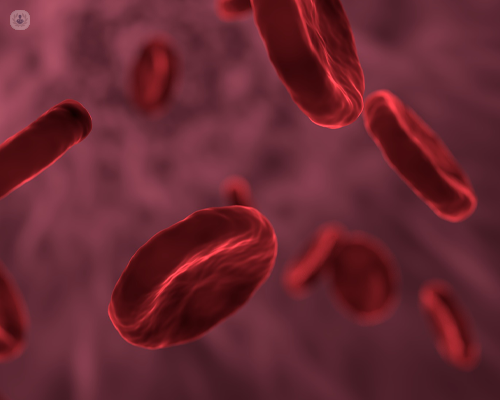CA 15-3
What is analysed?
CA 15-3 is a tumour marker that is analysed to measure the level of a protein called CA 15-3 in the blood.

What does the result mean?
The result indicates the concentration of CA 15-3 in the bloodstream. Elevated levels of CA 15-3 may indicate the presence of certain types of cancer, particularly breast cancer.
Why undergo the analysis?
The analysis is conducted to monitor the progression of breast cancer, assess response to treatment, detect recurrence, or evaluate treatment effectiveness in breast cancer patients.
When to undergo the analysis?
The analysis may be recommended as part of breast cancer screening, during cancer treatment, or in cases where there is suspicion of breast cancer recurrence.
What sample is required?
A blood sample is required for CA 15-3 analysis.
Is any prior preparation necessary?
No specific preparation is necessary before blood is taken for analysis. However, patients should follow any instructions provided by their healthcare provider.
How is it used?
CA 15-3 levels are used in conjunction with other diagnostic tests and clinical assessments to monitor breast cancer progression and response to treatment.
What are the normal values?
Normal values for CA 15-3 may vary depending on the laboratory method used and individual factors. Generally, levels below 30 U/mL are considered normal.
CA 15-3 Reference Table
| CA 15-3 Level (U/mL) | Interpretation |
| Less than 30 | Typically considered within normal range |
| 30 or higher | May indicate the presence of breast cancer or other conditions |
This table provides a simplified interpretation of CA 15-3 levels, aiding healthcare professionals in assessing breast cancer risk and guiding patient management decisions.
What do altered values signify?
Elevated CA 15-3 levels may indicate the presence of breast cancer, but they can also be elevated in other conditions such as liver disease and benign breast conditions. Therefore, CA 15-3 levels alone are not diagnostic of breast cancer and require further evaluation.